Apple variety Currency (columnar apple)
Currency is a winter variety of a columnar apple obtained in 1986 at the All-Russian Institute of Selection and Technology of Horticulture and Nursery of the Russian Agricultural Academy (VSTISP in Moscow) as a result of hybridization of 2 varieties - columnar elite ‘KB6’ x American donor ‘OR38T17’. In 1992, the variety was selected under No. 355/37; since 1994, the new variety has already entered for reproduction. Its authors were Professor V.V. Kichin and N.G. Morozov. Thanks to the embedded Vf gene, the variety is endowed with complete immunity to scab, as a result of which its trees do not need to be treated with various chemicals to prevent disease. In proof of the above, it is worth noting the fact that over the past 15 years in the Moscow region, not a single case of scab affection of the leaves and fruits of apple trees of this variety has been recorded.
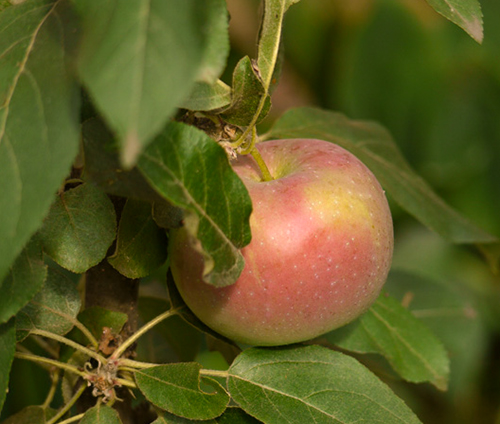
The currency is ideal for growing in regions located in central Russia. High taste and marketability of fruits, quick entry into fruiting and high productivity against the background of excellent economic space for planting provided the variety with high popularity among amateur gardeners and rapid distribution not only in small summer cottages, but also in large industrial gardens intended for commercial plantings. ...
Apple trees are compact and small in size - about 2.3 m high, about 20 cm wide. By their nature, these are semi-dwarf trees, close to dwarf ones (on any rootstock). However, when propagating this apple tree, it is not customary to use a dwarf rootstock due to the extremely small size of the trees obtained. Since the variety is immune to scab, the trees always look quite attractive from a decorative point of view: the foliage has a rich dark green color, there are no black dots, spots, rot and other damage from insects on the fruits and leaves. It was also noted that in the autumn period the foliage on Currency does not turn yellow for a long time, the leaves fall off while still green.
Fruits are medium and large (the weight of one apple ranges from 100 - 140 to 250 grams), round in shape. The skin is rather thin, but dense, with a slight glossy sheen. The main color of apples is golden yellow, the integumentary color is expressed on the sides in the form of an attractive red blush.
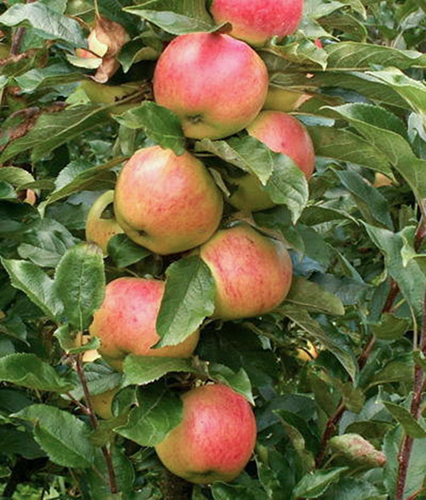
The taste of apples is a dessert type, more close to sweet, sourness is barely felt (in comparison with such columnar varieties as The president and Vasyugan). The pulp is snow-white, very juicy, moderately fragrant, fine-grained structure, of a chipping type.
The ripening period of fruits is rather late and falls on the first ten days of October. At the same time, ripe apples are perfectly retained on trees for a long time, without crumbling. This allows you to avoid partial loss of the crop and increase its shelf life. In general, the fruits of the Currency apple tree are ideal for winter storage: even under normal home conditions (when kept in basements, cellars) apples are good keeping quality and remain fresh until mid-February. During the period of sale in trade, the fruits are perfectly preserved after being removed from the refrigerator at a positive temperature in the room (up to +15 - 20 ° C) for 2 weeks. The use of apples for preservation and drying is allowed.
The early maturity of the variety is very high, annual seedlings bloom and bear fruit in the very first season (in the year of planting). Productivity is high and very high, but trees gain maximum yield by the 4th - 5th year after planting: 5 - 6 kg from each apple tree or 80 - 100 t / ha. With regular maintenance and application of organic fertilizers, the yield indicator increases to 10 kg per tree or up to 150 t / ha. Despite the fact that the columnar trees of the Currency apple tree live for 50 or more years, the high yield persists annually for up to 15-16 years. After this, the lower ringlets dry out and yield decreases. It is recommended to uproot the old garden and replace it with a new one.Planting new apple trees can be done in the 10th year of the life of the old trees, in this case it will be possible to avoid a drop in yields.
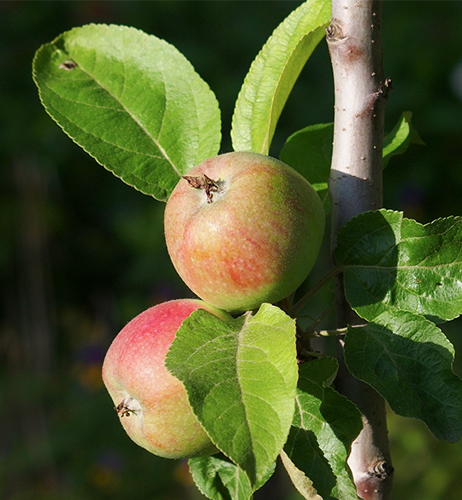
The currency has high winter hardiness (at the level Antonovka and Melba). In addition to complete immunity to scab in any weather (dry, rainy), the variety is highly resistant to other diseases and pests (at the level of the best standard varieties).
It is preferable to plant annual seedlings in sunny or semi-shaded areas. The best time for planting is spring or late autumn ("in winter", after the first light frosts). Thanks to the dense root system, the seedlings quickly take root in a new area and do not get sick after transplanting. The traditional planting scheme is suitable: the distance between trees is 40 - 50 cm, between rows - 90 - 100 cm. The depth of the planting pit is determined by the size of the root system in each case. For additional protection and aeration, the beds and the aisles can be sown with cereals or covered with mulch, since the roots of trees are often located near the top layer of the earth.
In the first year of seedling growth, regular watering is very important: if the season is not rainy, you need to water the trees twice a week. In the second year, pruning is performed: it is very important not to touch the main column, only the side shoots are removed. It is better to retreat from each side shoot by 2 cm, after a year, fruits will begin to form in these places. If this is not done, then the volume of the harvest and the quality of apples will decrease. Organic fertilizers must be applied regularly from May to fruiting. For additional protection from the cold and rodents, it is recommended to leave fallen leaves in the holes and strap the trunks.
The annual growth of apple trees by 25 - 30 cm indicates the successful laying of a high harvest next year.
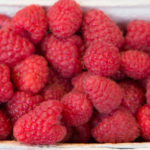

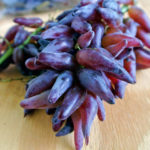

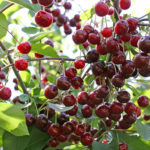
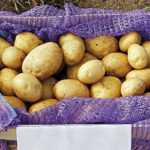



It is very important not to touch the main column - I cut it exactly. What will happen now?
Where can you buy apple seeds Currency?